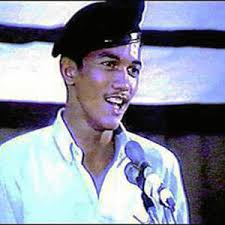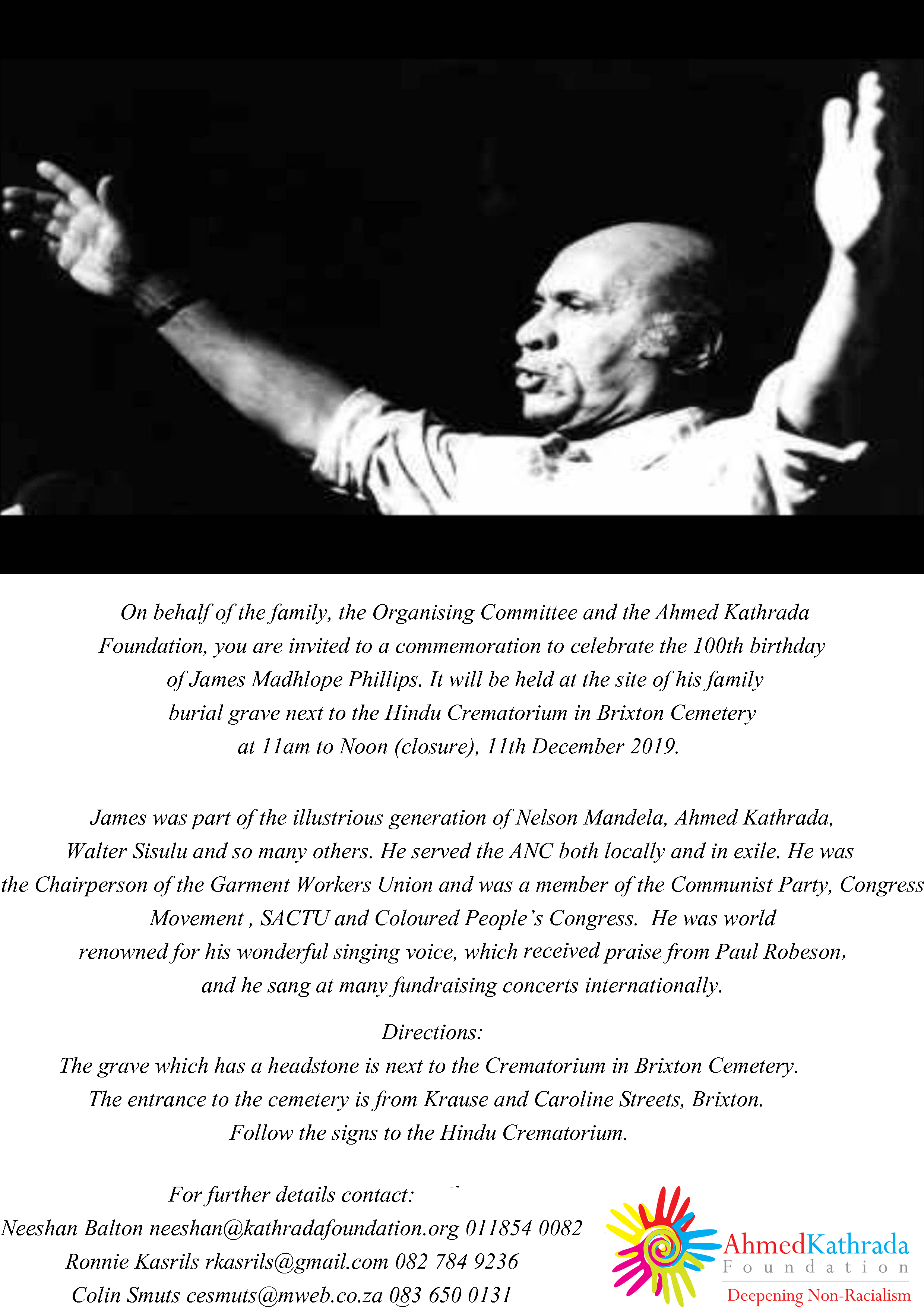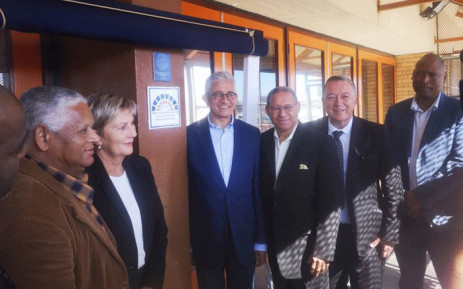Witbank, Mpumalanga
eMalahleni, formerly Witbank, in the Mpumalanga Province, East of Pretoria. Established in 1890 as Witbank, it is at the centre of a coal-mining area in which more than 20 collieries operate. During the South African War (1899–1902), the young soldier-journalist Winston Churchill hid in a colliery near Witbank after his escape from Pretoria.
Witbank attained Town status in 1910 and City status in 1994. The City has grown rapidly around heavy industry, and a power plant at the Witbank Dam supplies electricity to a wide area. The Dam, its catchment, and neighbouring nature Reserve host a variety of recreational activities. The City’s name was officially changed to eMalahleni in 2006, and it is administered as part of the larger Emalahleni Local Municipality.
Hugh Masekela, (born April 4, 1939, Witbank, South Africa—died January 23, 2018, Johannesburg) was a South African trumpeter who was one of his Country’s most popular instrumentalists. An outspoken opponent of Apartheid. He lived in the United States, Europe, and Africa while bringing this Country’s unique rhythms and harmonies to International stages.
The Witbank Hospital Department of Paediatrics was initiated in 1997 as part of a formal joint partnership between the University of Pretoria and the Mpumalanga Provincial Department of Health with the aim of providing special referral services for the Province and regional based training sites for pre- and postgraduate medical students for the University of Pretoria. The Department of Paediatrics of the University of Pretoria at the Witbank Hospital Satellite Campus is one of the three teaching hospitals for under- and postgraduate medical professional training of the School of Medicine of the University of Pretoria. The Paediatric Department at Witbank Hospital has a 10 bed Neonatal Intensive Care (5 ventilators) / High Care Unit (5 nCPAP units), with an additional 2-3 beds for paediatric ICU care as part of a separate General ICU. The Paediatric wards consist of a 14 bed Short stay/High Care Unit (for acute care and monitoring of critical patients), a 26 bed inpatient unit and 20 bedded low birth weight neonatal unit (including 6 KMC beds). Paediatric outpatient Clinics consist of daily general paediatric Clinics. Specialist referral Clinics for chronic diseases such as HIV, diabetes, asthma, epilepsy, high risk neonatal care and genetics clinics. The Paediatric Department has had 1 full-time paediatric consultant and 3 part-time consultants, providing twice-daily consultant ward rounds and 24-hour on-call supervision and support. It is an accredited training site for under- and postgraduate training for under- and postgraduate medical students in Paediatrics for the University of Pretoria. It serves as the main specialist referral and outreach support service for the entire Mpumalanga Province, which includes 25 referring Provincial Hospitals for an estimated population of 3.5 million people. Dr. Edeani is acting HOD of the Department. He is assisted by 3 session paediatricians, 4 full-time medical officers, 2-3 community service doctors and two registrars from University of Pretoria rotating every 4 months. Five intern doctors are also part of the team rotating every 4 months. Ms. Roset Abrie is providing secretarial and administrative support to consultants, medical officers, registrars, interns and students in the Paediatric Department.
Witbank was also known for its steel manufacturing and power generation, and today it is the energy centre of South Africa. Duvha Power Station and Residential Area is approximately, 15 km East of Witbank. The Station employs approximately 900 people. During the seventies the demand for electricity in South Africa increased by 9% per Year. Duvha is a base load plant. This means it operates around the clock to help meet South Africa’s electricity requirements. The demand for Duvha’s electricity is determined by the National Control Centre, according to system requirements, plant availability and other strategic factors. The availability of coal and water makes this Area ideally suited for the establishment of the power station. Hence, this region is better known as the; 'Power House of South Africa'. When Duvha was completed the 'Smoke Stacks' were the tallest freestanding concrete structures in the Southern Hemisphere each 300 metres tall. Margaret Rawics was responsible for the landscape planning and design of the site. Mpumalanga, previously known as Eastern Transvaal, means "Where the sun rises" Symbolically Duvha, the Venda word for the sun, can be seen as the heart of this region and is not only generating electricity, but indicates ‘light’ to the people of this country. Duvha power station ascribes to the ESKOM vision to "provide the lowest-cost electricity the World for growth and prosperity and fully support the ESKOM Generation priorities. Unit 1 went into commercial service on 18 August 1980, Unit 2 on 1 October 1980, Unit 3 on 16 September 1981, Unit 4 on 1 July 1982, Unit 5 on 31 March 1983 and Unit 6 on 22 February 1984. Project costs totaled T1,6 billion over that eight-year period. Something significant about these dates is that the planned commercial loads were to be 12 months apart, but due to demand the interval between units four and five was reduced to nine months, which in itself was an achievement. Construction of Duvha Power Station started in November 1975 and the last unit came into operation in 1984. At the time of its construction, Duvha was a giant of superlatives: it cost a staggering R1.6 billion to build, its chimneys were largest freestanding concrete structures and its mine the largest open-cast colliery in the Southern Hemisphere. In 1993 Duvha became the first power station in the World to be retrofitted with pulse jet fabric filter plants on three of its six units. These units contribute largely to the reduction of air pollution by removing 99.99% of the fly ash which otherwise would be released into the air through the Station's Chimneys or 'Smoke Stacks'!



